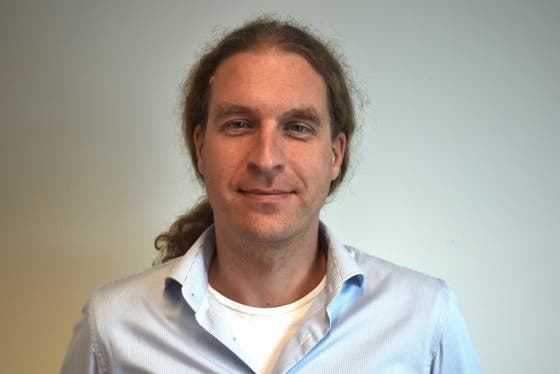Teun P. de Boer
Advanced methods in cellular electrophysiology
An important observation is that cells of an organ often replicate the primary function of the organ in which they reside; neurons integrate signals from their surroundings and heart muscle cells (cardiomyocytes) contract in response to an electrical stimulus. In our department we aim to study the cellular physiology of cardiomyocytes using conventional approaches that rely on isolated, single cardiomyocytes (such as patch clamp electrophysiology), but have also started work on novel methods that will help to increase our insight in the function of cardiomyocytes within the heart. For this we use optogenetic sensors that allow us to record e.g. intracellular calcium concentration or membrane potential of cardiomyocytes within the heart.
Another important aspect of our work is the development of real-time simulations of ion channels, the so-called dynamic clamp technique. The most important application is to simulate cardiac IK1 channels that are missing from stem cell-derived cardiomyocytes (iPSC-CM). By combining the real-time simulated ion channels with human iPSC-CM, we can create a hybrid human cardiomyocyte model that is more similar to human adult cardiomyocytes. The main benefit of this approach is that it enables more specific in vitro testing of drugs that might negatively affect the human heart rhythm. Current focus is to enhance the throughput of this approach, which resulted in the establishment of a fully automated dynamic clamping system which is integrated with an automated patch clamping device developed by Nanion Technologies, the Nanion Dynamite8 system.

Contact
Email: t.p.deboer@umcutrecht.nl
Phone: 088-7558900
Keywords research
Electrophysiology, heart function, optogenetics, imaging, iPSC
Research topic
Cardiac cellular electrophysiology
Type of research
Preclinical / fundamental research
Collaborations / partnerships
Prof. dr. Gary Mirams, The University of Nottingham
Public Private Partners:
